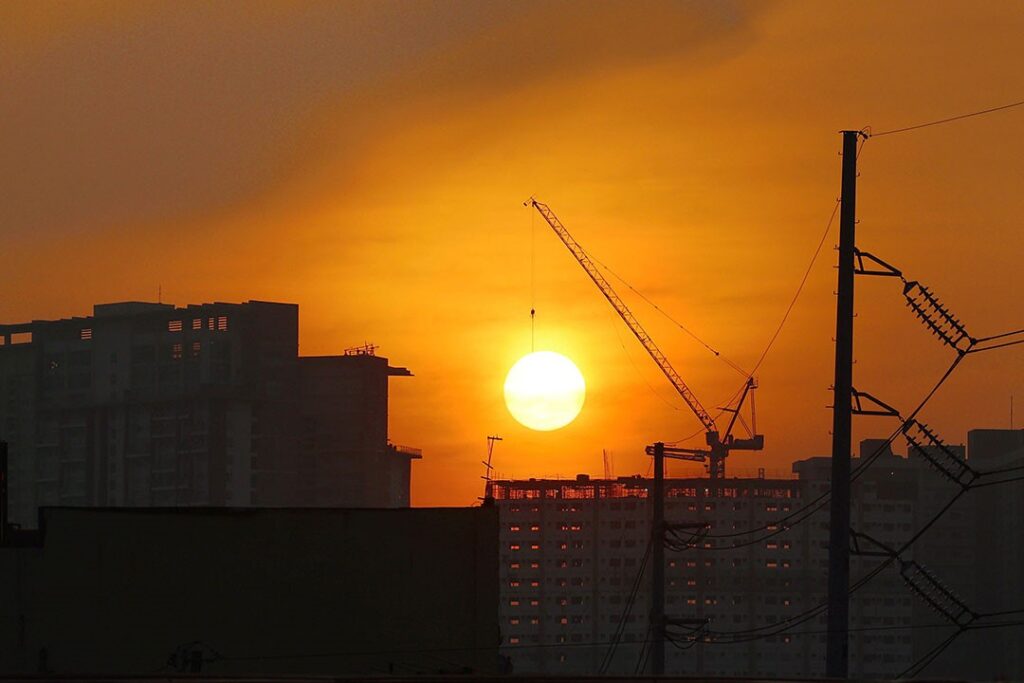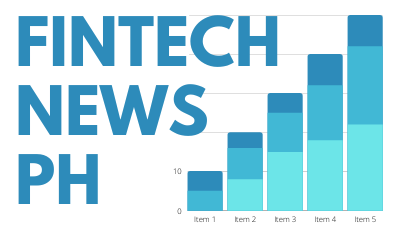The Philippines is expected to have the fastest growth rate in Southeast Asia, but the Asian Development Bank (ADB) has maintained its economic growth projections for both this year and next.
The international lender stated in its December Asian Development Outlook reports that it anticipates the Philippine economy to grow by 5.7 per cent this year, which is the same as the GDP growth estimate it published in September.

ADB sees PH expanding with the quickest growth rate in Southeast Asia
The multilateral lender has lower forecasts for other countries in the region, including Vietnam at 5.2 per cent, Indonesia at five per cent, Malaysia at 4.2 per cent, Thailand at 2.5 per cent, and Singapore at one per cent. If this is realized, the Philippines’ economy will grow at the fastest rate in Southeast Asia this year.
The government’s projected six to seven per cent growth for this year is exceeded by the ADB’s 2023 economic growth estimate for the Philippines.
The ADB kept its 6.2 per cent growth prediction for the Philippines for the upcoming year.
According to the ADB’s prediction, Vietnam is expected to grow by 6% next year, Indonesia by 5%, Malaysia by 4.6 %, Thailand by 3.3 %, and Singapore by 2.5 %. This puts the Philippines ahead of its counterparts in the region.
Domestic demand supporting the economy
Still according to ADB, the Philippines’ GDP is expected to rise by 6.5 to 8 per cent in 2024, and this is still within the government’s target growth range.
“This momentum is expected to continue despite tighter financial conditions,” the ADB said in its report, with domestic demand continuing to support the economy.”
After a 5.9 per cent gain in the third quarter, the economy grew by 5.5 per cent on average from January to September.
According to the report, the Philippines’ economy will rise thanks to increased public investment, rising consumer spending—particularly on dining out and lodging—and tourism-related activities amid a robust rebound in foreign travel throughout Southeast Asia.
The ADB anticipates that ongoing infrastructure initiatives will facilitate growth.
It also mentioned the more optimistic business outlook for 2024, which was predicated on the central bank’s third-quarter survey results and prospects of strong domestic demand.
Regarding the Philippines’ inflation outlook, the ADB kept its projections at 6.2 per cent for this year and 4 per cent for the following year.
Due mostly to slower increases in food prices, the nation’s headline inflation rate decreased to 4.1 per cent in November, a 20-month low from 4.9 per cent in October.
Due to this, the average inflation during the January to November period was 6.2%, which is still more than the two to 4% target range set by the Bangko Sentral ng Pilipinas.
According to Albert Park, ADB Chief Economist, even if inflation in developing Asia is still declining, dangers from high global interest rates and climate phenomena like El Niño still exist. “Governments in Asia and the Pacific still need to be on guard to make sure that their growth is sustainable and that their economies are resilient,” he further stated.

